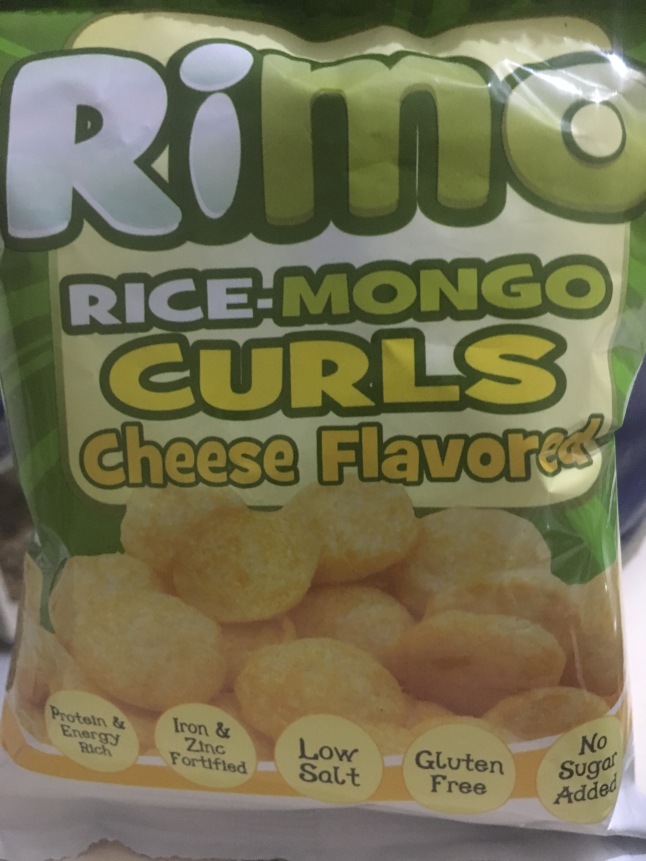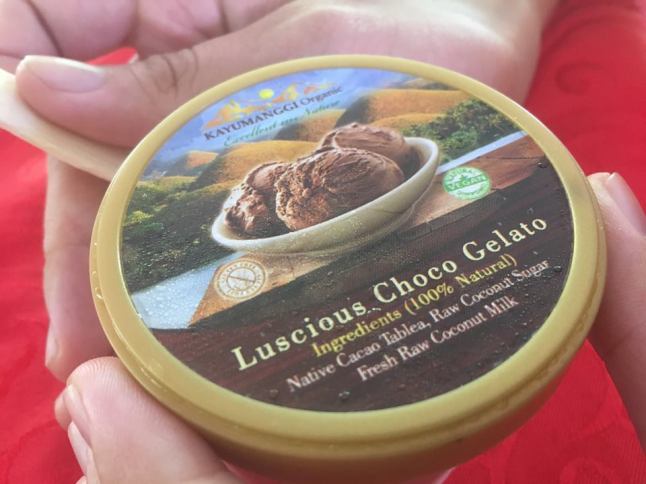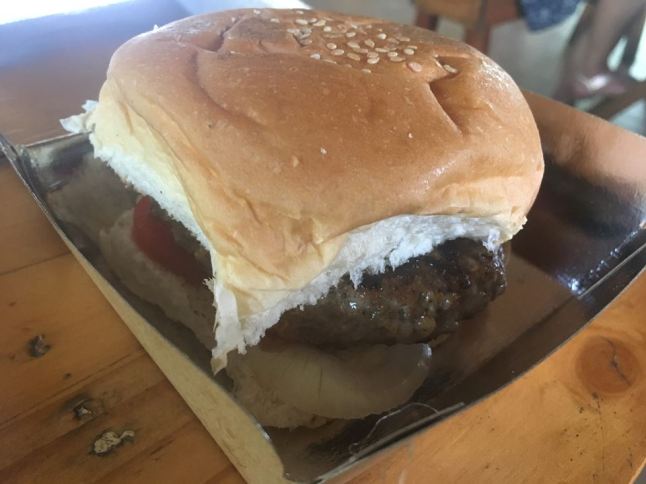During one of our recent forays into a food exhibition we passed by, we tried out what appeared initially to be popcorn. However, something about its texture was lighter than what we expected, leading us to inquire a little further.
We were proudly told by the exhibitioner that what we had was not corn at all, but Sorghum.

Sor….what? Was this another up and coming healthy food trend? Not exactly. We learned that sorghum has been around a lot longer than we thought. The plant known as sorghum (Sorghum bicolor) has been cultivated for thousands of years as a staple in parts of the continent of Africa as well as in the subcontinent of India. It is a hardy plant that can withstand dry and harsh conditions, and has been said to be able to take root even with less cultivated soils. Several varieties of sorghum are used not only as bases for breads and porridges, but even as sweeteners.
In recent years, sorghum has caught the attention of health conscious foodies, thanks to its nutrition density. A 100 gram serving of sorghum delivers around 339 to 355 kilocalories, which is a little less than the calories present in a similar sized serving of quinoa. Sorghum also packs more protein, iron, and dietary fiber than other staple foods such as rice. This makes sorghum appealing to those intending to go on a diet limiting simple carbohydrates. Another attractive quality of sorghum is the fact that it is gluten free, making this a great choice for those with gluten hypersensitivities or allergies.
How does one cook sorghum? Grainhouse provides two suggestions for cooking sorghum. It can be boiled just like rice until it is soft, or it can be popped just like corn. Sorghum’s mild flavor lends itself well to being combined with flavorful sauces and meats for an entree, or with salt and spices as a popped snack. More adventurous gourmands may want to try out traditional recipes from India or northeastern African, using sorghum to make porridge or couscous.
At present, sorghum is not widely available in the Philippines. However it is being cultivated by small scale growers in Ilocos Norte, as part of initiatives to provide alternative grain sources as well as livelihood for communities. This is exactly what Wholly Grain by Grainhouse is doing right now.
In case you’re looking for something different from the usual popcorn, or are simply health conscious, sorghum would be a great healthy alternative to consider. We hope to see this crop find a place in our local culinary repertoire.






































